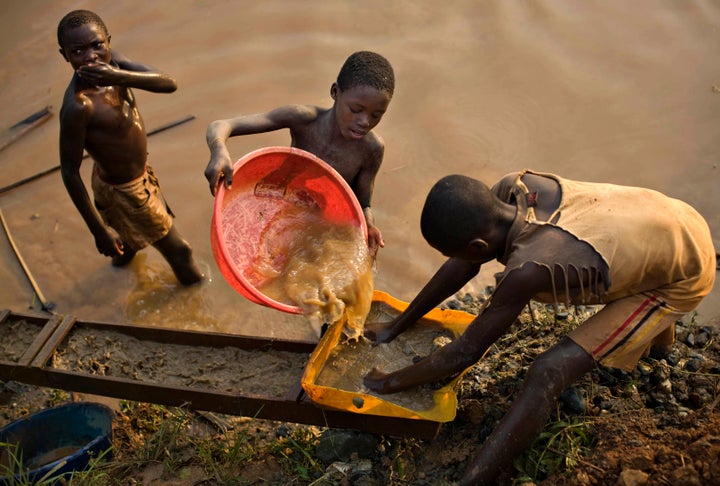

For many in the West, slavery is a far off, historical concept. But a new index shows that consumers all over the world are getting products that at some stage were touched by the hands of modern-day slaves.
The Modern Slavery Index, put together by the risk consultancy group Verisk Maplecroft, looks at which countries practice modern iterations of the age-old practices of servitude, human trafficking, and forced and compulsory labor. The index found that companies continue to face exposure to practices of slavery within their business operations and supply chains in a whopping 115 countries—almost 60% of the world’s nations. And while many companies are trying to ensure that slavery does not occur among their first tier of suppliers, challenges persist lower down the supply chain, at the commodity level, or amongst subcontractors.
The risk for modern slavery is especially high in African and Middle Eastern nations, while countries in the Americas and Eurasia are typically at medium or low risk. Many of the countries most at risk have also experienced some type of conflict, which has exacerbated poverty and corruption levels and weakened the state’s ability to protect citizens. The report also found the practice rife in big export economies such as India and China.
Over 80% of countries in sub-Saharan Africa are also featured as high risk, including Kenya and Nigeria, two of the region’s three largest economies. Countries that top the list in Africa are also important natural resource hubs or countries where the state is unable to enforce labor laws or is actively violating them.
The continued existence of modern forms of slave labor has had a ripple effect across multiple, and increasingly multiplying, global supply chains, whether in manufacturing, food, and beverages or the extractive industry.
For example, the Democratic Republic of Congo, which is the largest producer of cobalt, a critical component of mobile phone batteries, is ranked fourth in the world for having modern-day slaves. Amnesty International has in the past said that tech giants like Apple and Samsung might be using minerals from mines that depend on child labor in the Congo.
Côte d’Ivoire, the world’s largest producer of cocoa, is ranked 13th in the index, while Kenya, a huge tea producer, also falls in the high-risk category. Eritrea, which has been accused of using its national conscription program to provide forced labor at its mines, is also listed as a high-risk nation.